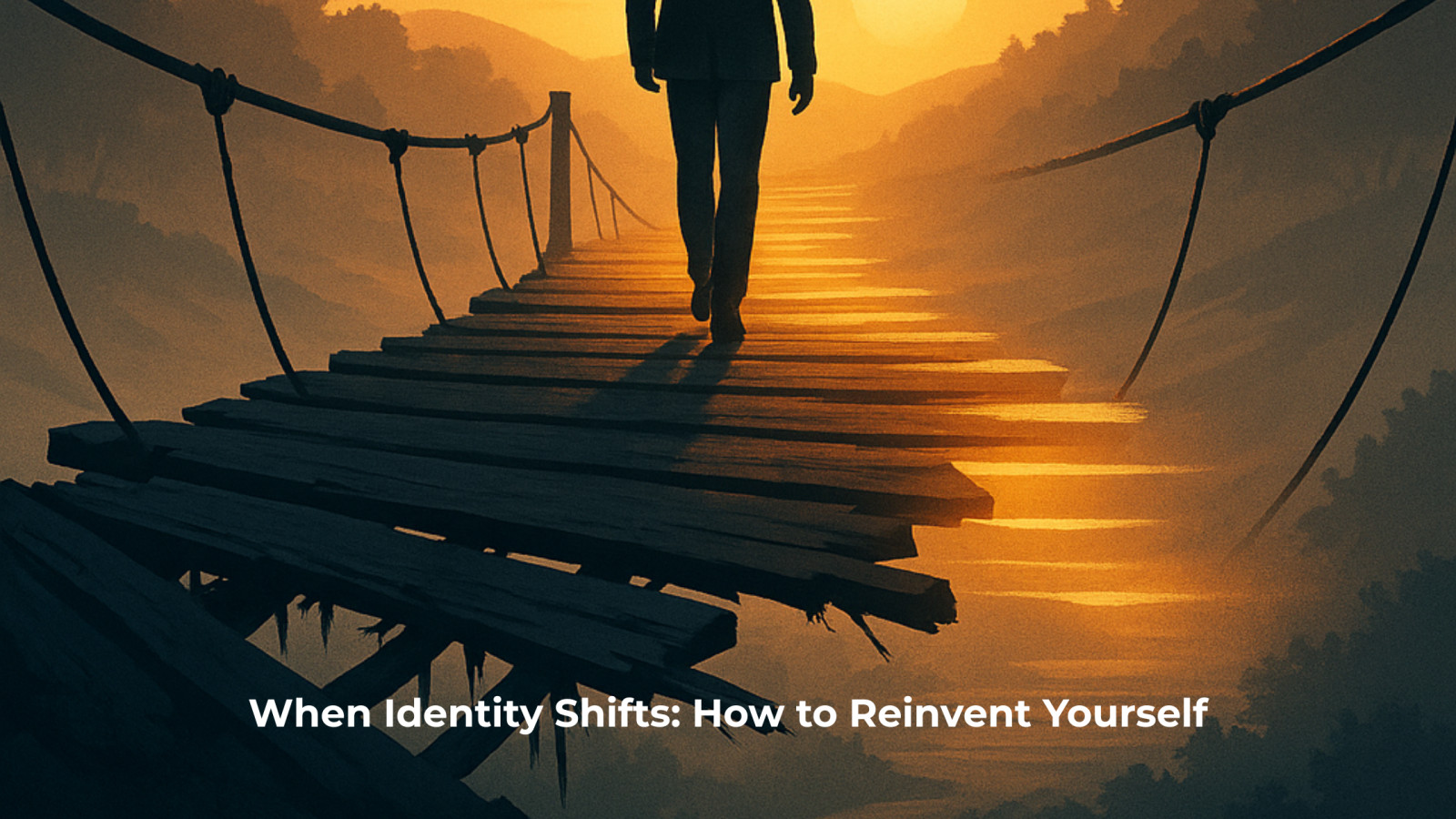
How to Redefine Yourself and Your Identity in Midlife.
If you find yourself in any of these spaces—laid off after years of loyalty, stalled in a role that no longer moves, feeling unemployable in a market obsessed with youth, or opting out of corporate life altogether—you’re not alone.
Nearly 59% of workers over 50 say their age has hurt them in the job hunt, and complaints of ageism among job seekers have surged 133% year-over-year.
For many mid-career professionals, the experience that once made them indispensable is now framed as overqualification, a liability and in some cases irrelevant.
At the same time, another wave is forming: seasoned leaders choosing to walk away.
A Gartner survey shows that 56% of C-suite executives are likely to leave their roles within the next two years. Some are burnt out. Others are done chasing titles.
Many are pivoting to consulting, entrepreneurship,or “fractional” leadership roles, searching for the autonomy and life balance that corporate life couldn’t deliver.
What used to look like the pinnacle of success now feels like a cage.
Whether you’ve been pushed out.
Or you’re choosing to step out.
The tension is the same:
You’re caught between who you were and who you want to be.
This is where identity shifts get real.
And while the statistics can feel discouraging, there’s hope.
This season doesn’t have to be the end of your story.
It can be the start of something truer, more aligned, and more purposeful than what came before.
Job Loss and Identity: How to Rebuild After Career Disruption
I know the weight of being displaced by the workforce.
I had been there before—and I found myself there again.
When my career ended, it rattled more than my paycheck. It shook my identity.
For years, my title and work defined who I was.
And when that definition disappeared, it felt like I was back at zero.
But the truth was, I had already begun building my next chapter, even though the last one ended too soon.
And in the space between endings and beginnings, I often felt lost trying to become the next version of me.
What I eventually realized is this:
I hadn’t lost myself—I had only lost a role.
And when I began to see it that way, I found the space to notice the opportunity hidden inside the disruption.
That’s the phase I’m still walking through now: reinvention.
Redefining what life and work look like for me and deciding—day by day—who I want to be next.
A greater realization is that reinvention is not an event, it’s a process.
It’s a marathon, not a sprint.
Redefining who you are means peeling back the layers, stripping down to the bare you, and then rebuilding with clarity, intention, and purpose.
The Psychology of Identity Shifts: Why Change Hurts and How Growth Happens
Our identity is built from the roles we play.
The stories we tell ourselves.
The values we hold and the expectations others place on us.
When those roles shift—through job loss, divorce, health challenges, or retirement—it can feel like the ground has disappeared beneath our feet.
Psychologists describe this as a form of identity disruption, where what once defined us no longer applies.
Research shows that people experience much stronger shifts in their role identities (worker, spouse, professional) than in their core self, and those shifts are strongly linked to negative emotions and distress.
The science goes deeper. Studies on job loss reveal it can trigger symptoms similar to grief—preoccupation with the “lost role,” loss of purpose, even difficulty functioning day to day.
Neuroscience confirms that psychological loss doesn’t just hurt emotionally, it changes the brain.
Researchers at the University of Cincinnati found that loss alters the way brain support cells respond to stress, showing that identity disruption is felt at a molecular level.
Most people react in one of two ways: clinging tightly to who they were, waiting for clarity to magically reappear, or avoiding the hard questions altogether.
But research also shows there’s another path. Identity shifts, while painful, create opportunities for growth.
The Academy of Management Review describes this as “identity play”—experimenting with new versions of yourself, testing them, and validating them until a new, stronger identity emerges.
Every identity shift is a reset button, giving you the chance to align your life and work with the values that matter most.
And yes, an identity shift hurts—but it also creates space to step out of old definitions and design your next chapter with clarity and intention.
How to Navigate an Identity Shift
When you’re navigating an identity shift—whether it’s after job loss, a career change at 40+, or simply realizing the role you’ve played no longer fits—the question becomes: what now?
This is where so many people get stuck.
They wait for clarity to show up, or they try to force a reinvention overnight.
But real change doesn’t work that way.
Through my own journey and in coaching clients, I’ve found that moving forward with purpose requires a process.
It’s not about erasing who you were.
It’s about realigning your skills, your values, and your choices with the person you want to become next.
Here are the four steps I walk people through when navigating an identity shift.
The Identity Reset: Four Proven Steps to Reinvent Yourself After 40
Step 1 – Leverage What Your Last Chapter Taught You
You’re not starting from zero. Every chapter leaves you with strengths you can carry forward.
- Write down three skills you mastered in your last role.
- Identify one value you carried consistently (ex: resilience, creativity, leadership).
- Ask: How can I use this as a foundation for what’s next?
Step 2 – Integrate Your Core Values into Your Next Chapter
Losing a role doesn’t mean losing yourself. True reinvention begins when you stop confusing your job title with your identity.
- Journal on this prompt: If my work didn’t define me, who would I be?
- Circle the answers that connect to your core values.
- Start introducing yourself by your purpose, not just your position.
Step 3 – Focus Your Energy on the Next 90 Days
Big life changes can make the future feel overwhelming. Clarity comes when you narrow your attention.
- List your top three priorities for the next 90 days.
- Be specific: instead of “find a new job,” try “explore roles that align with my values of freedom and impact.”
- Let those priorities guide your daily decisions.
Step 4 – Execute With Purpose: One Bold Step at a Time
Identity is shaped through action, not theory. A single step forward can break the cycle of waiting and overthinking.
- Schedule a networking call, sign up for a class, or block time for a passion project.
- Choose an action that feels both challenging and doable.
- Remind yourself: momentum builds confidence, and confidence builds the next version of you.
Final Thought
Reinvention isn’t about erasing who you’ve been.
It’s about building on your experience, clarifying your values, and taking steps that align with the life you actually want.
Every identity shift is a reset button—an opening to stop clinging to old definitions and start shaping who you want to be next.
Here’s the truth:
You haven’t lost yourself. You’ve only lost a role.
And in that space, you have the chance to discover something more authentic, more aligned, and more intentional than before.
This is where clarity becomes power, and purpose becomes the compass for your next chapter.
Faith + Resilience
When everything feels uncertain, faith and resilience become anchors.
Grounding yourself in something bigger—whether that’s spiritual faith, personal conviction, or a core belief you refuse to let go of—creates stability in the middle of change.
It’s what keeps you moving forward when the path feels unclear.
Reflection Prompt
Who were you taught to be—and who do you actually want to be now?
Take time to journal your response or share it with someone you trust.
Clarity often comes when you put words to the shift you’re experiencing.
Next Steps
If you’re navigating an identity shift, don’t wait for clarity to appear—create it.
Take your reset seriously and choose one of these next steps today:
- Book a free strategy session if you need immediate clarity.
- Enroll in the 6 Steps Mini Course for guided, self-paced work.
- Take advantage of a limited time special coaching offer if you are ready for momentum and support.
Don’t just survive the shift—use it as your reset button.
Redefine your life and work with clarity, purpose, and intention, and take the first step toward the version of you that’s waiting to be built.
Live on Purpose. Lead with Clarity. Thrive by Design.








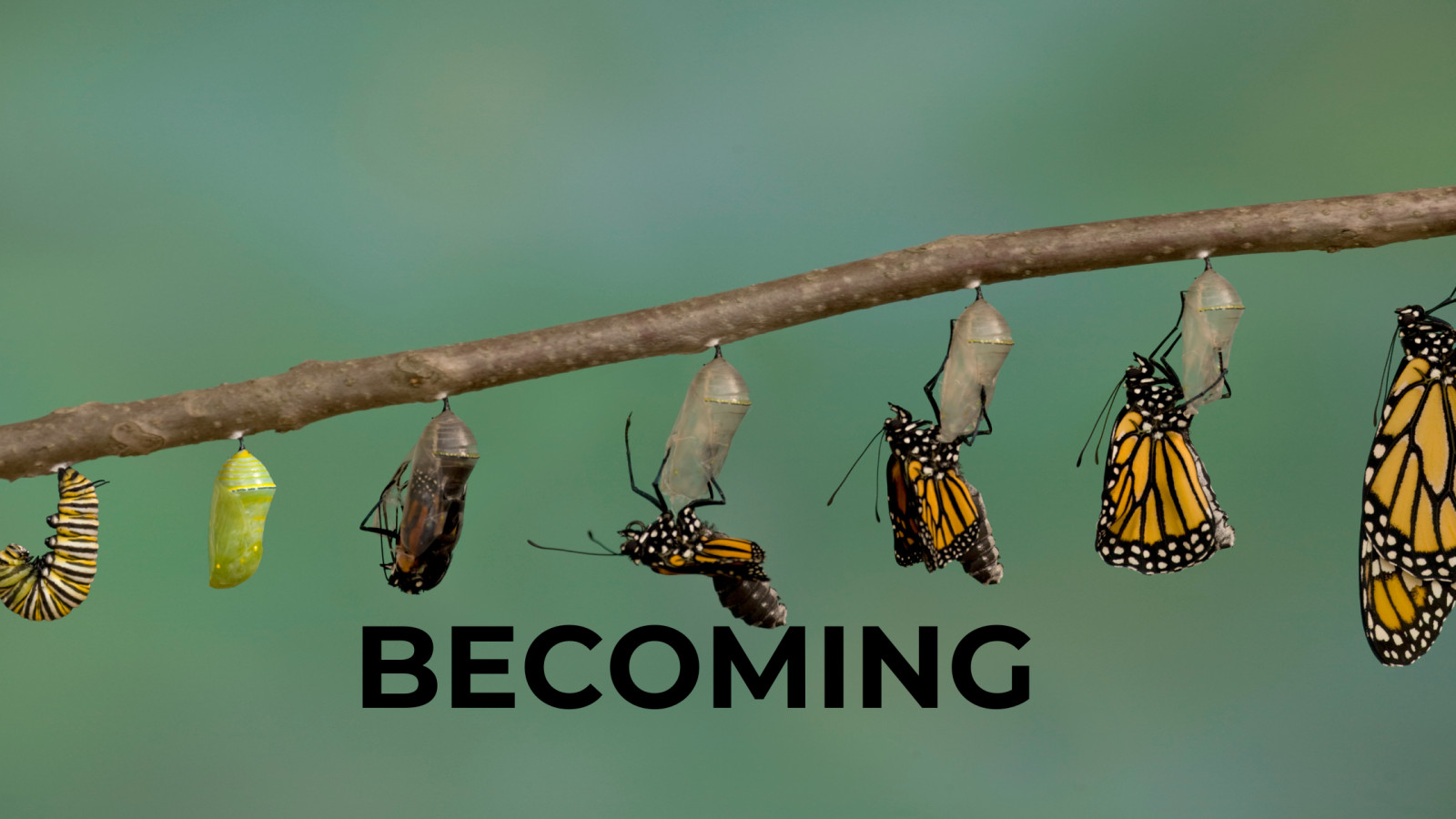
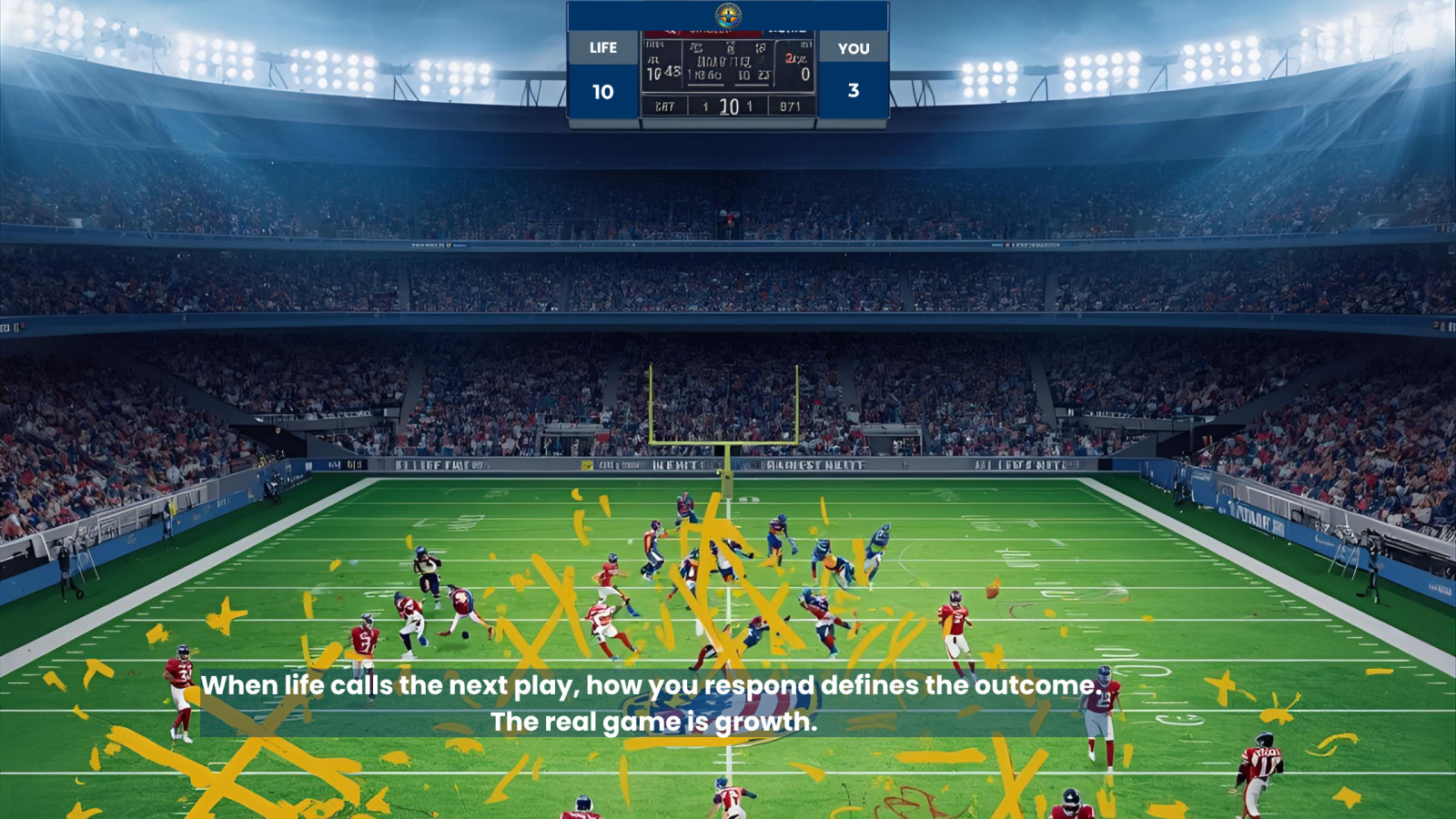
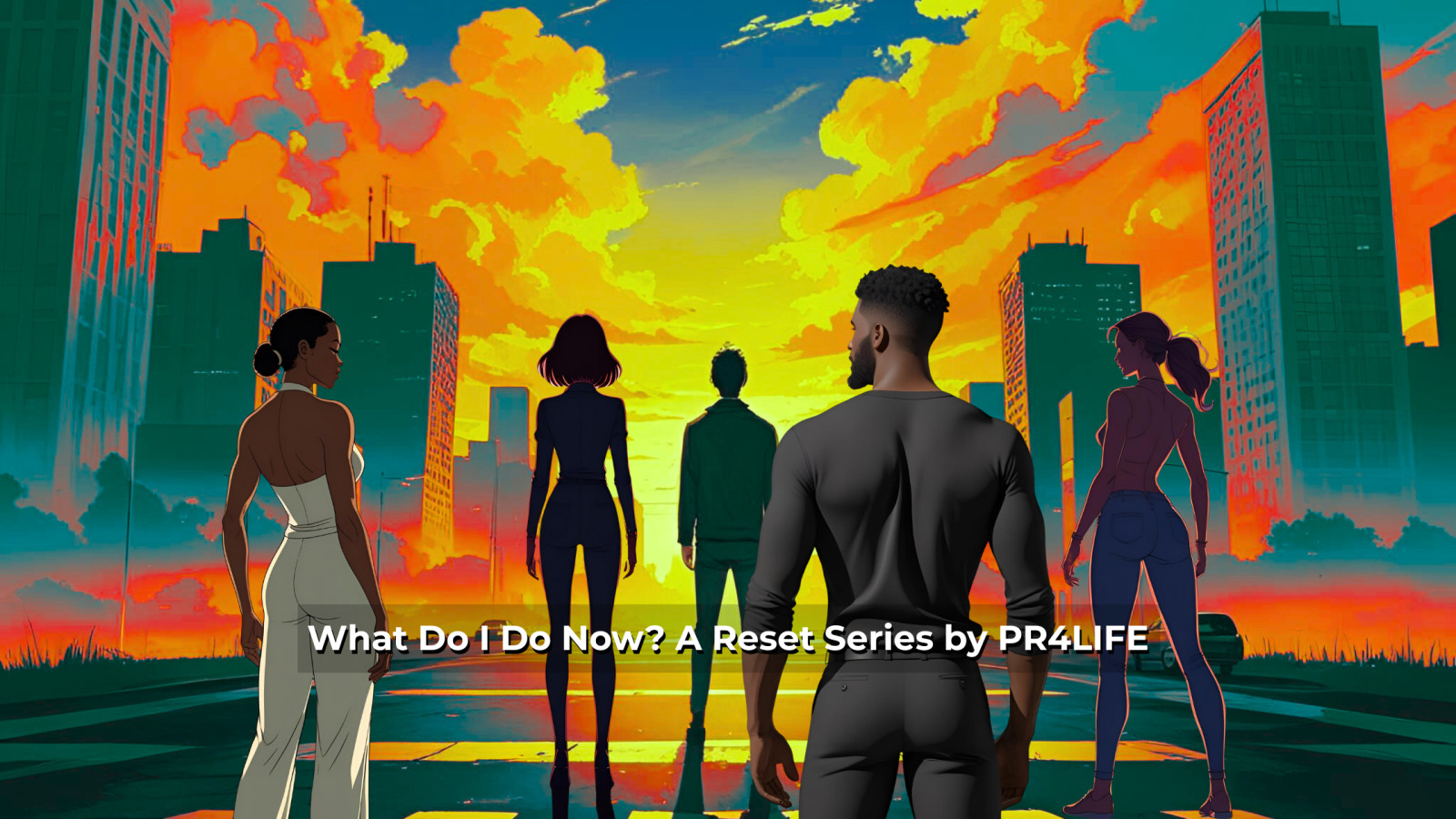

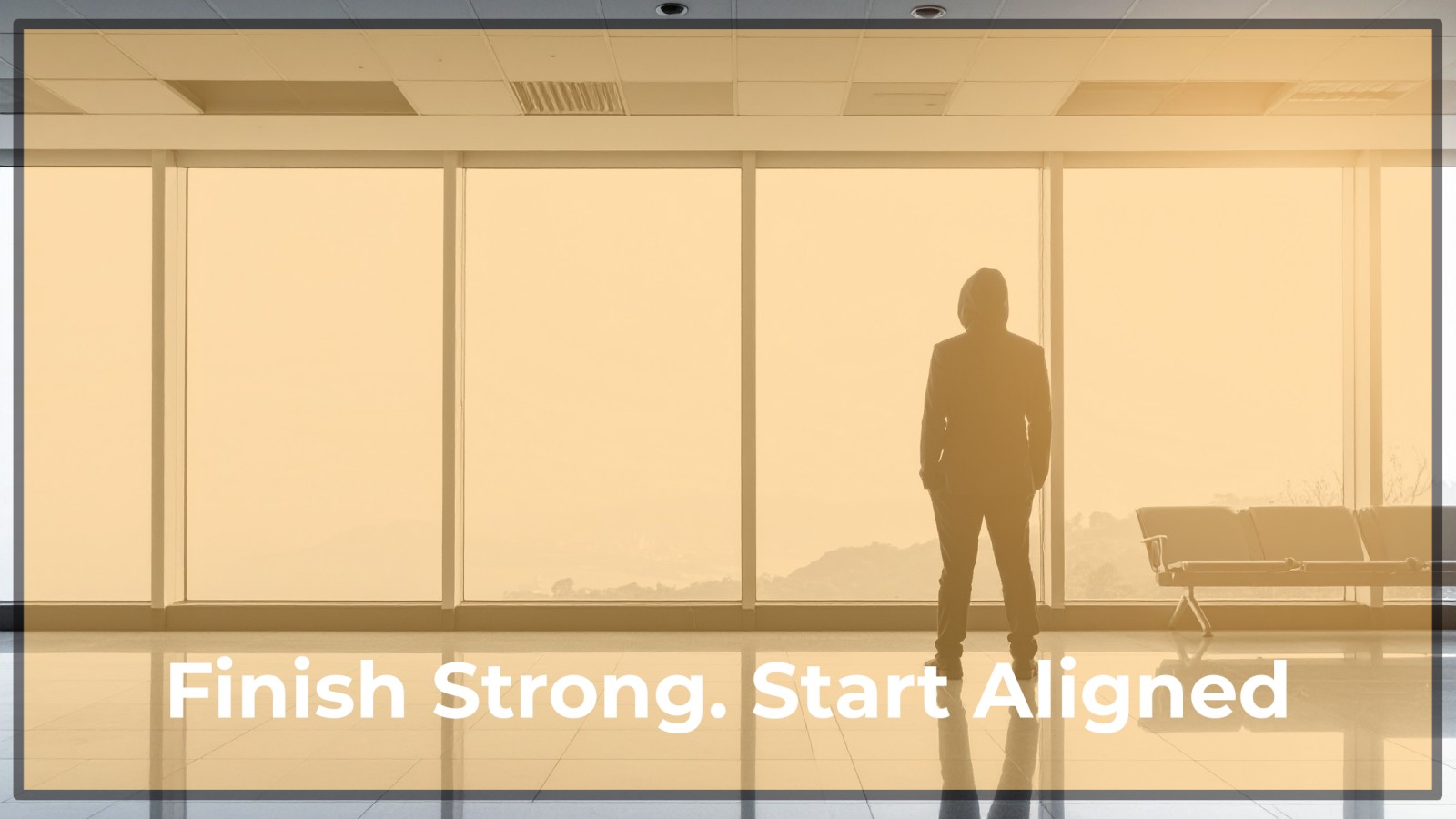

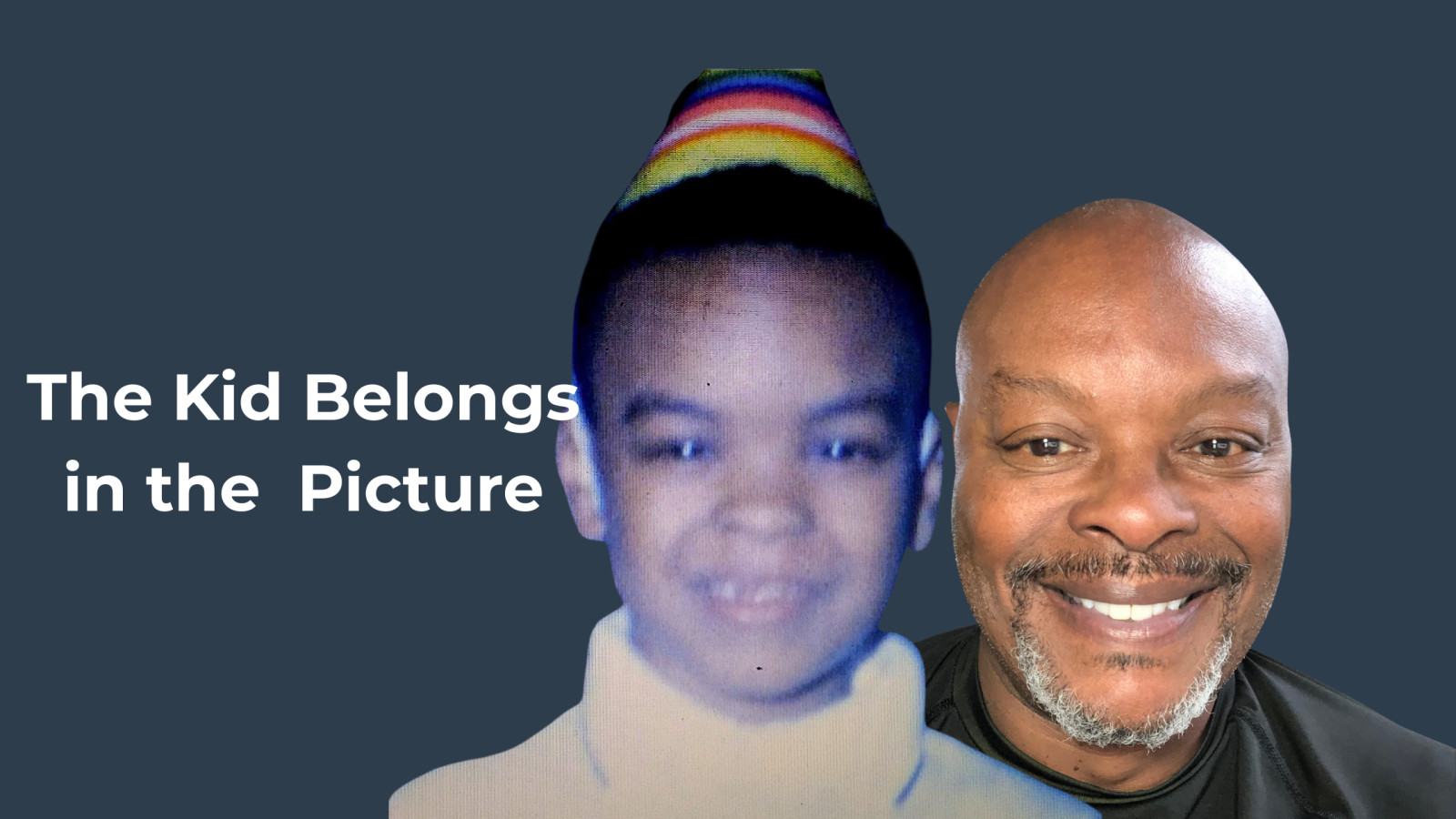
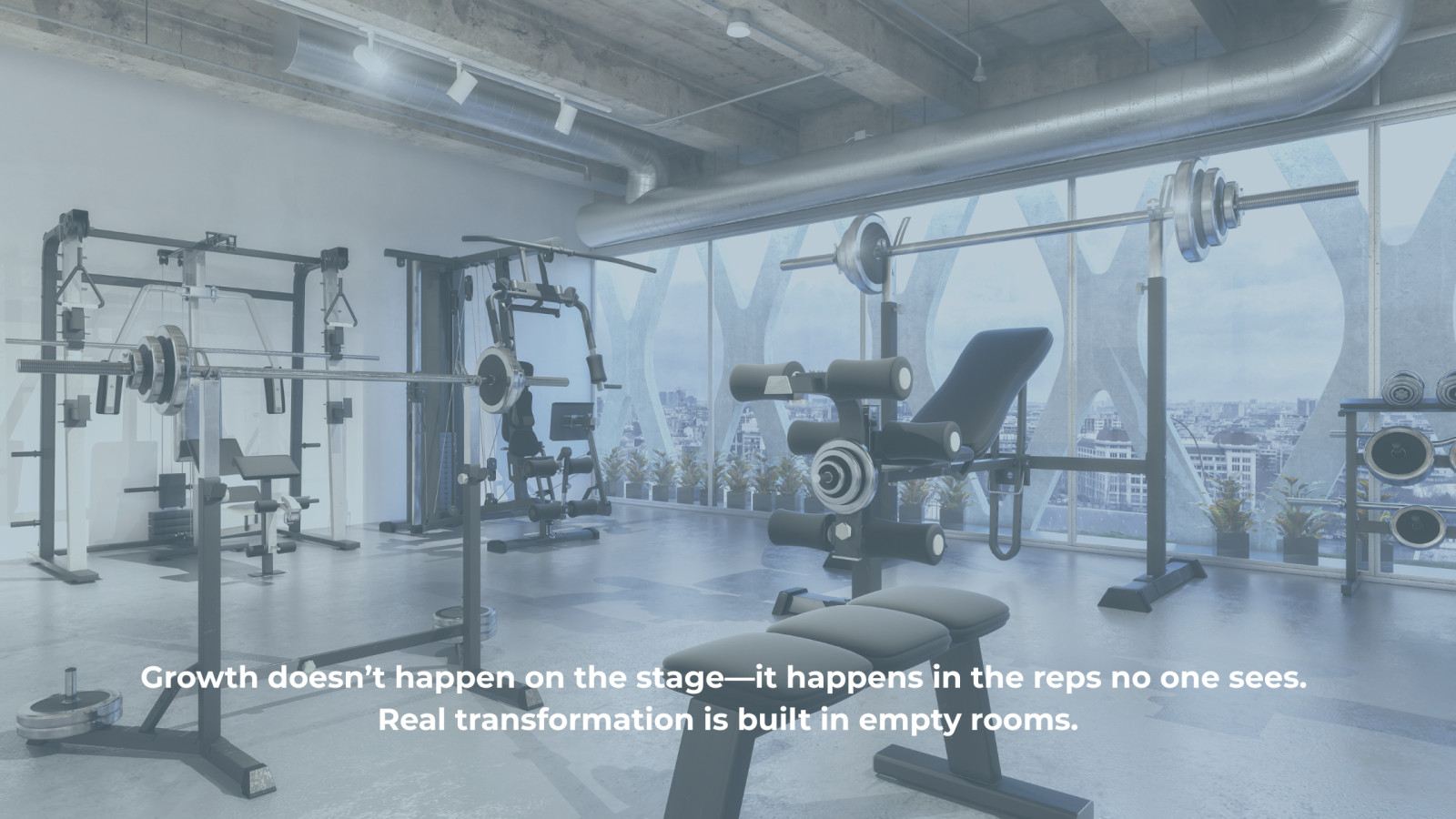
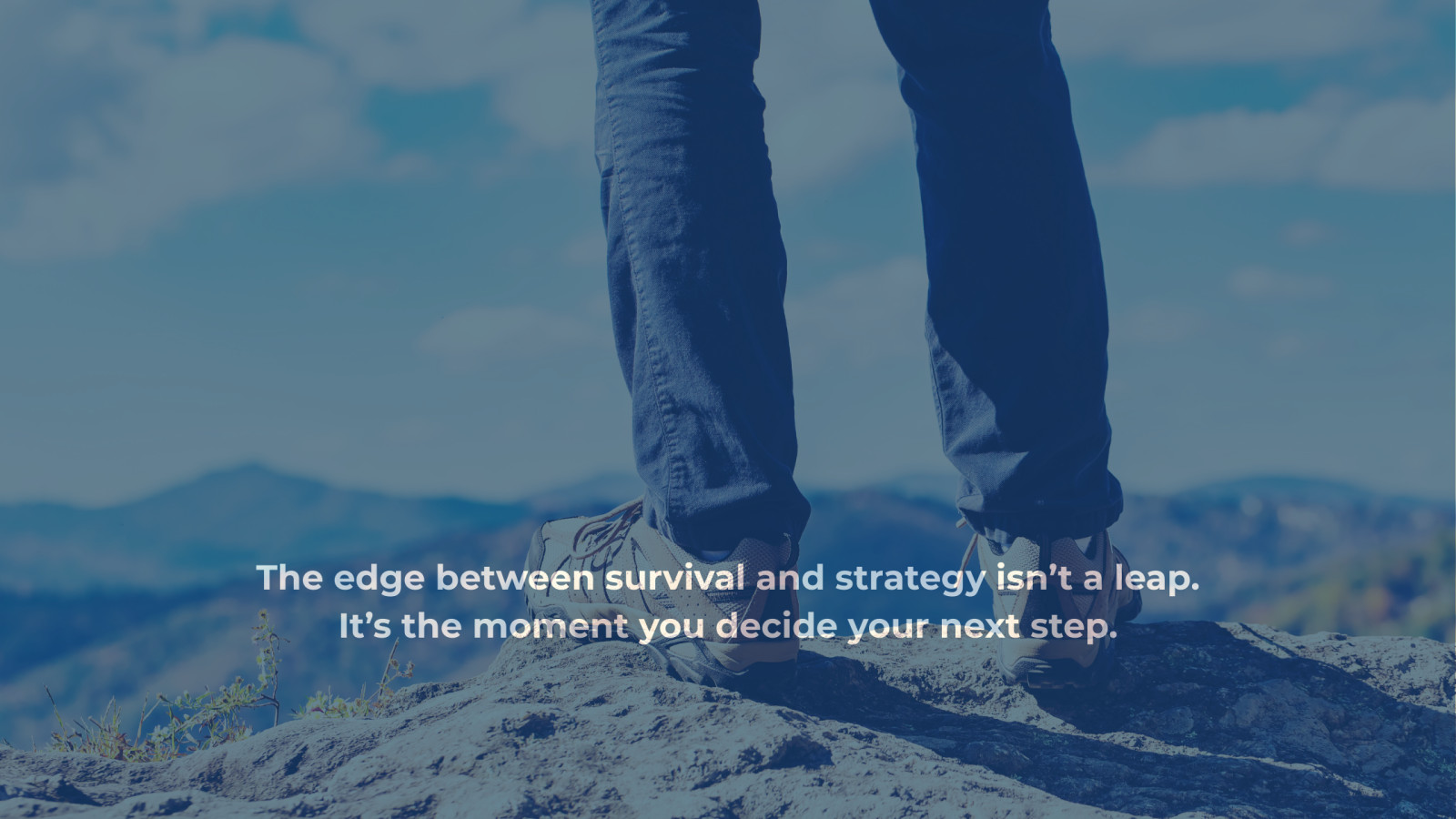


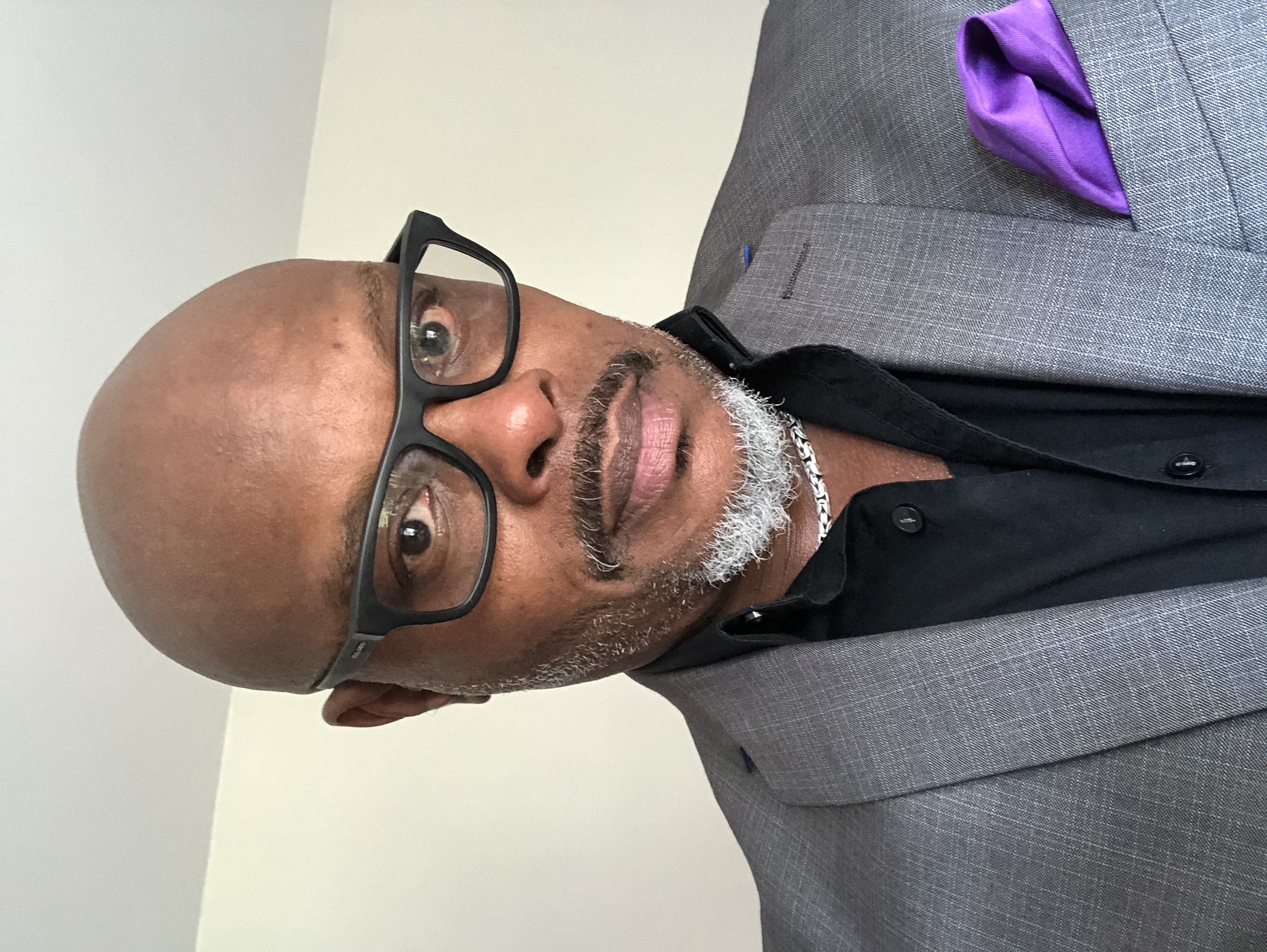
0 Comments